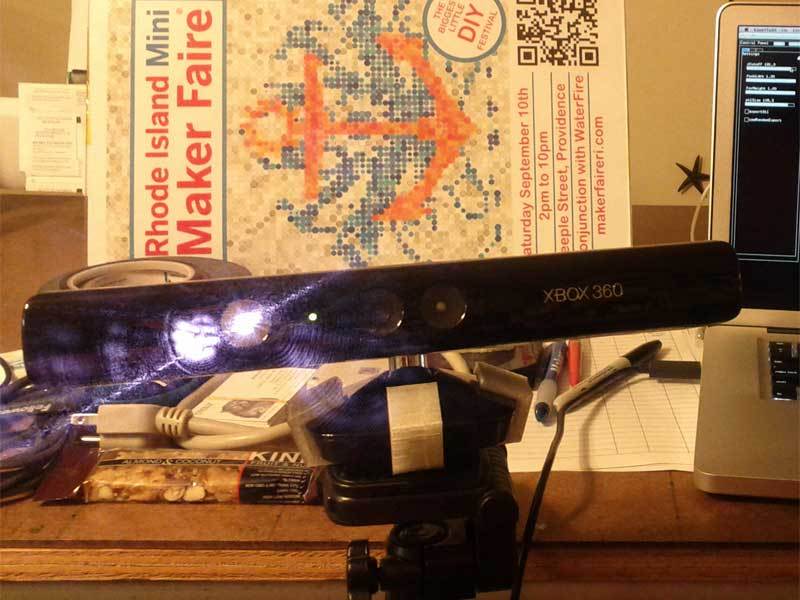You’ve got a Kinect, and you’ve got a MakerBot. This guide explains how to scan something using the Kinect, and then to print it on the MakerBot. For this guide, I used a scan I made of Kipp Bradford, co-organizer of the RI Mini Maker Faire.
It’s very easy to scan something with the Kinect, but the models that you get from it are quite complex. This guide focuses on simplifying those models while retaining as much detail as possible, with the goal of making it faster to slice and print your designs.
At the moment, these instructions are tested on the Mac. If anyone manages to compile and run Kyle McDonald’s KinectToSTL on Windows or Linux, let me know, and I’ll load it on my Windows or Linux machines and update this guide for that platform.


